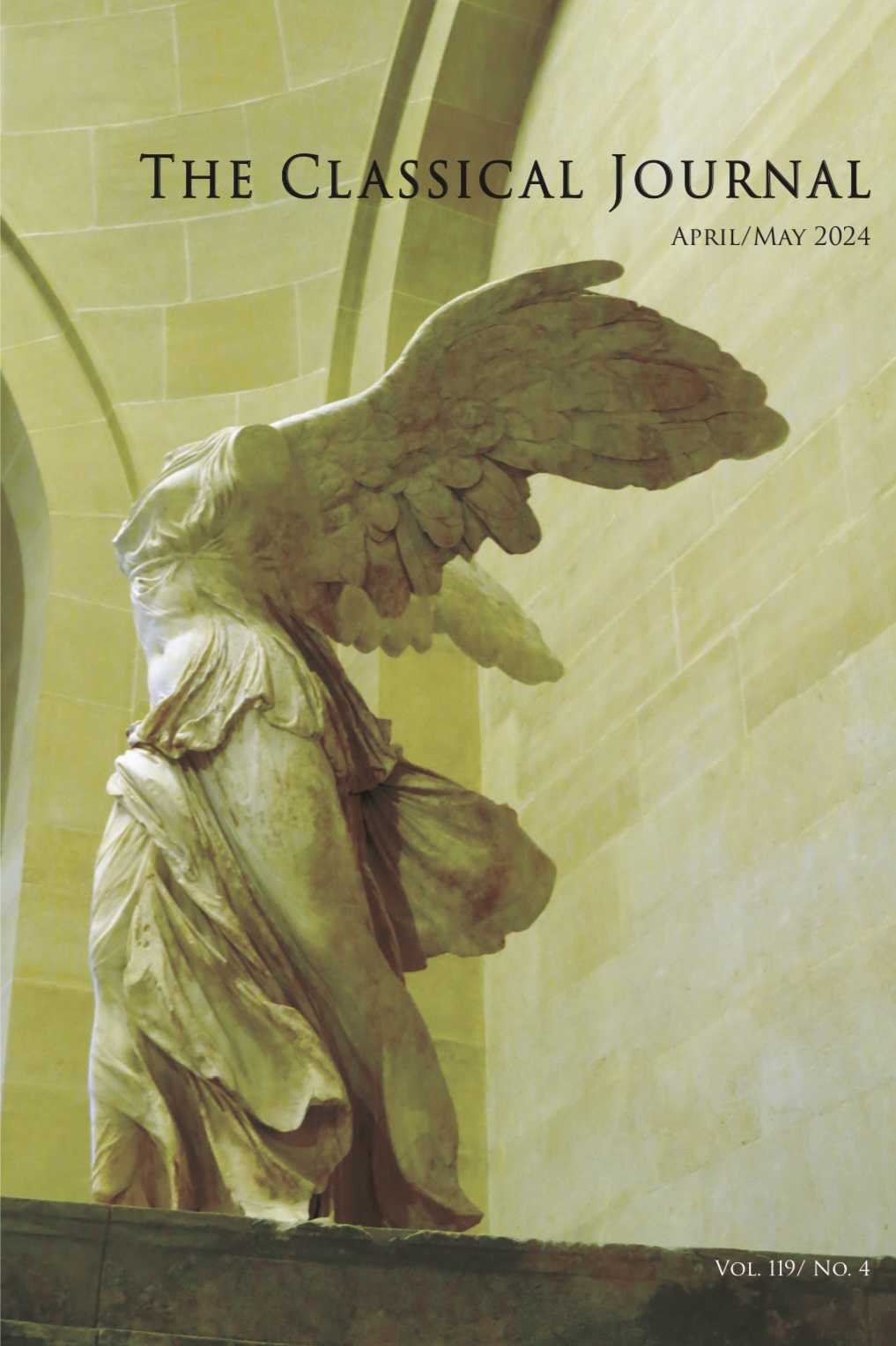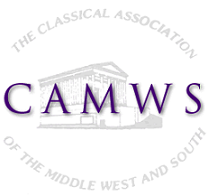The following articles are contained in CJ
107.4
Abstracts of Articles
IRONY AND THE REJECTION OF IMAGINED ALTERNATIVES IN EURIPIDES' ALCESTIS
Euripides' Alcestis employs irony and what I will call discrepant mythic subtexts to
create narrative tension in the production of a play whose outcome is announced from
the outset. Euripides uses these devices to involve his audience in the process
of considering and rejecting imagined alternatives to the play's announced outcome.
Euripides introduces variant outcomes by dramatizing a verbal altercation between Apollo
and Thanatos. Further, the drama includes several references to myths of unsuccessful
or incomplete rescue from death along with the theme of death's inescapability.
These instances engage the audience by inviting us to consider and reject imagined
alternatives to the play's known conclusion. Finally, the sophisticated dramatic
irony used by Heracles in the exodos serves as a formal, rhetorical iteration of
Euripides' technique of inviting consideration and rejection of imagined alternatives.
WOVEN ALLITERATION IN THE DE RERUM NATURA
Lucretius' use of alliteration in the De Rerum Natura employs interlocking alliterative
patterns that are "woven" in such a way as to reflect his use of the poetic metaphor of
weaving. Common Latin weaving vocabulary (exordia, implico, necto, radius, texo/textura, etc.)
plays an important role in identifying each passage that contains interlocked alliteration.
This article employs Burke's theories regarding "concealed alliteration" to demonstrate how
these "colliterative" occurrences add new texture to an already rich and complex poem.
"HIS TURN TO CRY": TIBULLUS' MARATHUS CYCLE (1.4, 1.8 AND 1.9) AND ROMAN ELEGY
This article resituates the Marathus cycle, unique in Roman elegy for its focus on
homoerotic love, within its wider elegiac context, arguing that the poems may be read
as an encapsulation of elegy as a whole. It focuses on the interchangeability of male
and female roles to illustrate how the presentation of the characters that populate
these elegies both typifyies and reinforces the norms of Latin love elegy while nonetheless
retaining the centrality of elegy's male speaker.
MAIOR POST OTIA VIRTUS: PUBLIC AND PRIVATE IN STATIUS, SILVAE 3.5 AND 4.4
This paper examines how Statius situates himself and his poetry amid the social complexities of Domitianic Rome, focusing on Silvae 3.5 and 4.4. Both poems offer carefully constructed recusationes that expose Statius' deep ambivalence toward his public poetic role as a writer of epic and panegyric, and his persona in these poems is analogous to that of Horace in the first book of Epistles. Though Statius desires public renown and in 4.4 shows how his public and private poetry are complexly interconnected, his essentially private nature precludes him from taking on the most public and potentially dangerous topic of epic song: the emperor Domitian.
Forum: PANDORA IN THE SECONDARY AND POST-SECONDARY CLASSROOM
This paper traces the origin and significance of elements in the modern versions of the
Pandora story that are not present in Hesiod. It then presents lesson plans pertinent to
these elements appropriate for the secondary and college classrooms with a view to teaching
close reading, cultural criticism, gender criticism and hermeneutics.


